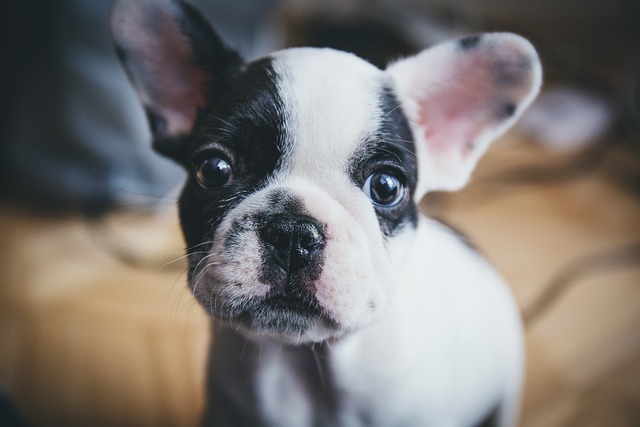
How to train your puppy to like grooming?
Grooming your puppy should be a bonding experience, not a wrestling match. But those tiny paws batting at the brush and squirms during nail trims can make it seem impossible.
Bringing a new puppy home is a whirlwind of joy, but those unexpected puddles on the rug can quickly turn excitement into frustration. One of the first battles every new dog owner faces is toilet training, and the burning question on everyone’s mind is: how long does it take to get a puppy to go potty outside? The truth is, there’s no one-size-fits-all answer, but with patience, consistency, and a sprinkle of understanding, you can navigate this crucial stage while staying on the right side of local pet care regulations.
Puppies’ tiny bladders mean they can’t hold it for long. A 2-month-old puppy might only manage an hour or two between trips outside, while a 4-month-old could last up to four. In many areas, letting your dog relieve themselves in public spaces without cleaning up is not just frowned upon—it’s illegal. That’s why starting training early isn’t just about saving your carpets; it’s about being a responsible community member.
Consistency is king when it comes to toilet training. Establish a strict routine: take your puppy outside first thing in the morning, after naps, meals, playtime, and before bed. Use a specific command like “go potty” each time. Many local animal shelters offer free training resources that emphasize the importance of routine, aligning with broader community standards for pet behavior. Skipping sessions or being inconsistent can confuse your puppy and extend the training period.
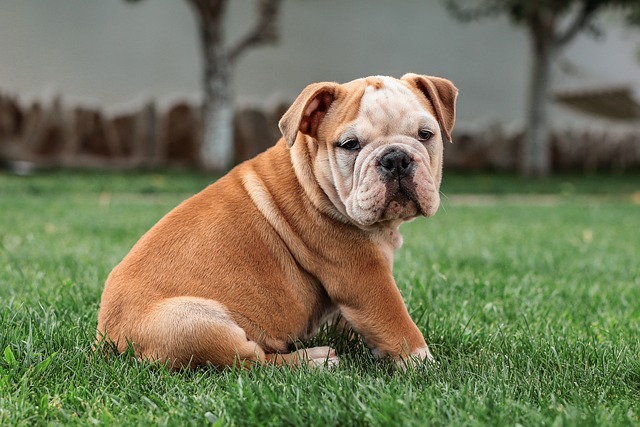 Positive reinforcement works wonders. When your puppy does their business outside, shower them with praise, treats, and belly rubs. Avoid scolding accidents indoors—punishment can make puppies anxious and less likely to “go” when you take them out. In fact, some regions have animal welfare laws against using cruel or punitive training methods. Remember, your goal is to create a positive association with outdoor potty time, not instill fear.
Positive reinforcement works wonders. When your puppy does their business outside, shower them with praise, treats, and belly rubs. Avoid scolding accidents indoors—punishment can make puppies anxious and less likely to “go” when you take them out. In fact, some regions have animal welfare laws against using cruel or punitive training methods. Remember, your goal is to create a positive association with outdoor potty time, not instill fear.
Accidents are inevitable, especially in the early days. If your puppy has an indoor mishap, clean it thoroughly with an enzymatic cleaner to remove the smell. Dogs are more likely to revisit spots where they’ve previously marked. Neglecting proper cleanup not only risks repeat accidents but could also violate local housing regulations if it leads to unpleasant odors or property damage.
The age and breed of your puppy play a role, too. Small breeds often mature faster and may master toilet training in 2 to 3 weeks with consistent effort. Larger breeds, on the other hand, might take 4 to 6 weeks or longer. Some high-energy breeds may get distracted easily during outdoor trips, requiring extra patience. Researching your breed’s typical development can help set realistic expectations and avoid unnecessary frustration.
If progress seems slow, don’t panic. Health issues like urinary tract infections can affect toilet habits. In many places, pet owners are legally required to seek veterinary care if they suspect their animal is ill. A quick check-up can rule out medical problems and ensure you’re not wasting time trying to train away a health issue.
Toilet training is a bonding experience as much as a chore. It teaches your puppy trust and routine while strengthening your connection. By following local guidelines for pet waste disposal, using positive training methods, and staying consistent, you’re not just teaching a practical skill—you’re laying the foundation for a lifetime of good behavior. And when that moment finally arrives, and your puppy runs to the door asking to go out, all those late-night trips and stained carpets will feel worth every second.

Grooming your puppy should be a bonding experience, not a wrestling match. But those tiny paws batting at the brush and squirms during nail trims can make it seem impossible.
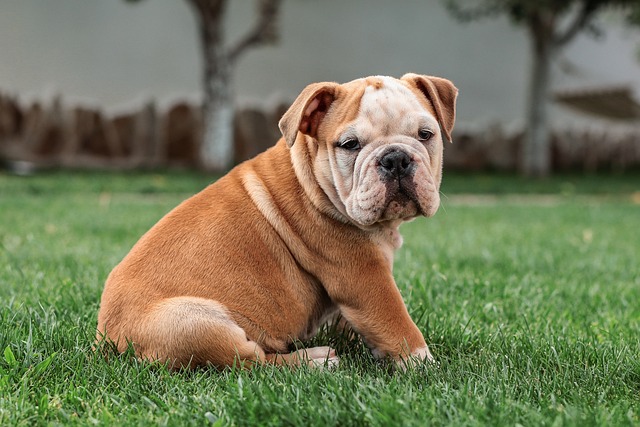
Bringing a new puppy home is a whirlwind of joy, but those unexpected puddles on the rug can quickly turn excitement into frustration.
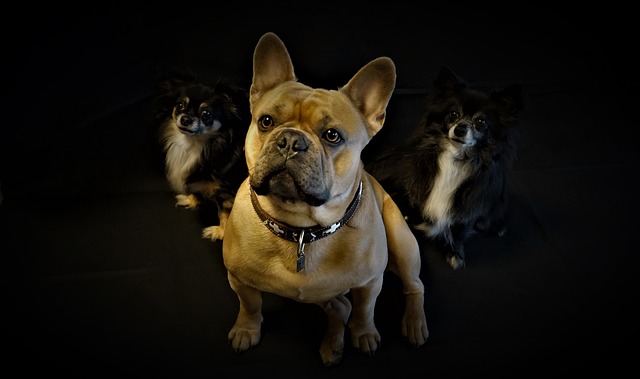
Discover why calming sounds, not harsh noises, are the key to reducing dog barking—backed by science and real stories of stress-free pups.
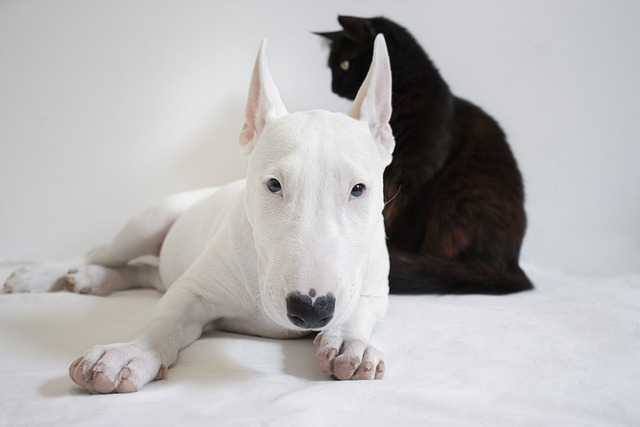
Watching your dogs snarl and snap at each other isn’t just stressful—it can quickly turn dangerous. Aggression between dogs under the same roof can stem from territory disputes, resource guarding, or even underlying anxiety.

That heart-jolting moment: the doorbell rings, and your dog transforms into a fur-covered alarm system. Whether you’re in a Brooklyn walk-up or a suburban split-level
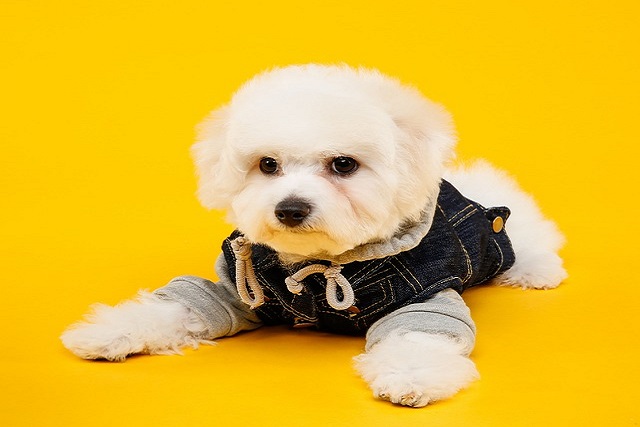
You’re in the middle of an important video call, and your dog won’t stop barking. Or maybe it’s late at night, and your neighbor’s dog’s incessant barking is keeping you up.